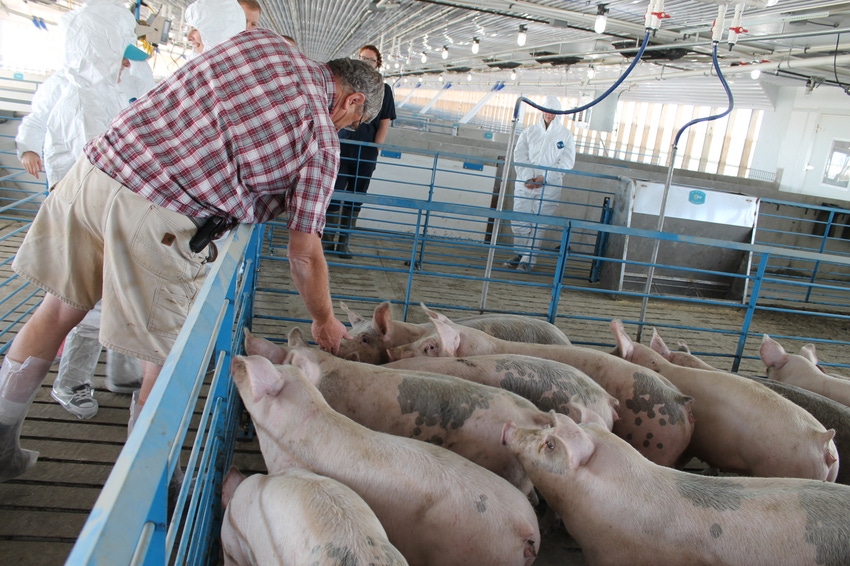Technology in the barn has enhanced pig care, but do we need to dedicate training hours to teaching the art of stockmanship?
February 13, 2018

The strength of the pork industry is the diversity in the way America’s pig farmers raise hogs. At the Tri-State Sow Housing Conference held in conjunction with the Ohio Pork Congress, speakers discuss how to care for the foundation of the herd — the sow.
Thankfully, U.S. hog farmers have a choice in production systems and management styles. As farms vary in the way they house the sow and the technology they embrace on the farm, the priority remains on the animal.
Technology has certainly evolved pig farming and enhances pig care. Advancement in pig production allows pig caretakers to refocus on the task at hand — caring for the pig.
However, doing what is right for the pig comes down to something that has stood the test of time — stockmanship. No matter the latest, biggest and newest gadgets in the barn, it is essential that pig caretakers embrace the time-honored practice of stockmanship.
How do you define stockmanship? Or to move away from our fellow ranchers’ term, how do you define animal husbandry?
Looking at the textbook definition, animal husbandry is the science of breeding and caring for farm animals whereas the Stockmanship Journal defines stockmanship as the knowledgeable and skillful handling of livestock in a safe, efficient, effective and low-stress manner and denotes a low-stress, integrated, comprehensive, holistic approach to livestock handling.
As pig farmers, a passion for pigs is why you show up every day to the barn. It is why you work long hours in difficult conditions and sometimes under some restricting regulations. Those with family tradition or many years in the business understand the importance of adopting excellent stockmanship skills. And as Tom Parsons, DVM, says, how to think like a pig.
As more individuals enter a pig career with very little or no experience with pigs, is it not the time to teach the art of stockmanship?
While technology and other advancements improving pig care, it also can create the opportunity to practice the highest level of stockmanship. For instance, think about open pen sow housing. How do you handle the sow in an open space versus a confined space such as a gestation stall? Approaching an animal with a syringe and needle can be stressful. If they are in a stall, the physical reaction to stress is more control. If you approach the same sow in an open space, she has more room to flee. As a result, people need to think differently and adjust skills to ensure safe, low-stress handling while protecting animals and people. Honestly, you have to read the mind of an animal by looking for signs of fear.
Even within farm families, some individuals are just born with the animal caretaking gene and the ability to read the animals while others are skilled at growing crops. Whereas those working barns are there for the pig, not every person with a career in pigs is born with the “think like a pig” talent.
Training in the barns is extensive, especially as more and more technology is introduced in barns. However, is it time we go back to art of animal husbandry? Is it essential to dedicate training hours on stockmanship?
You May Also Like



